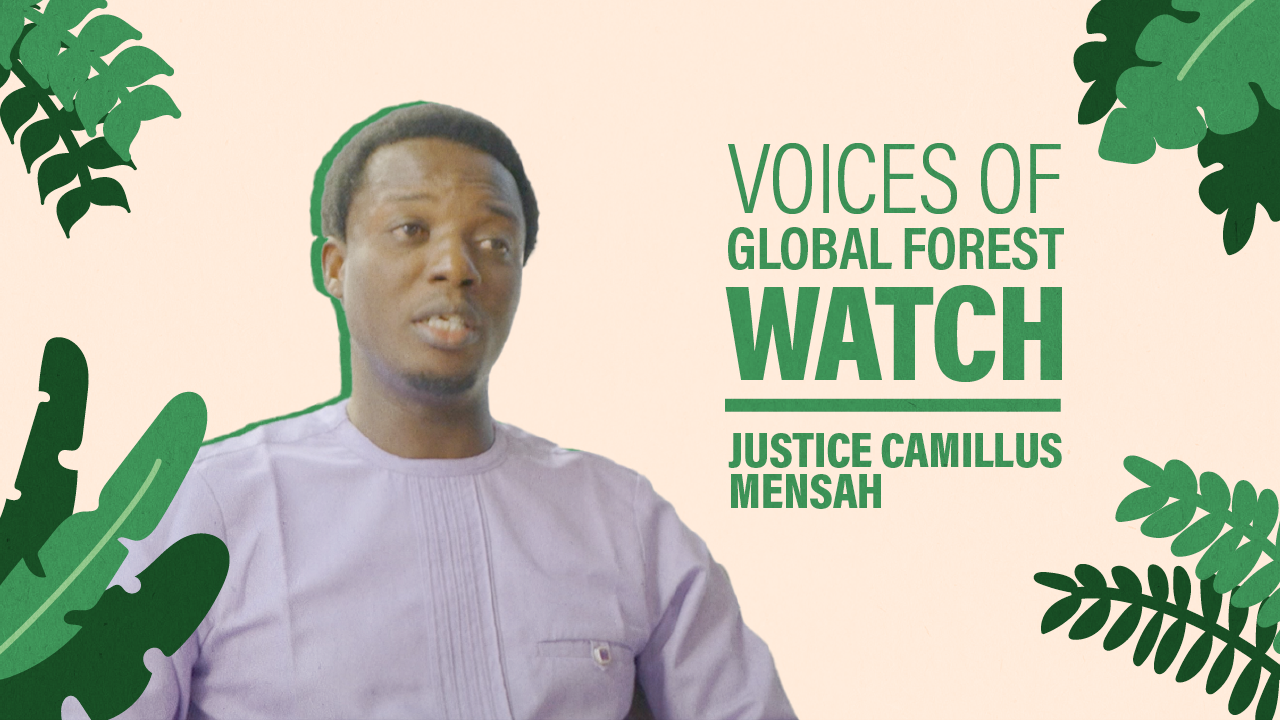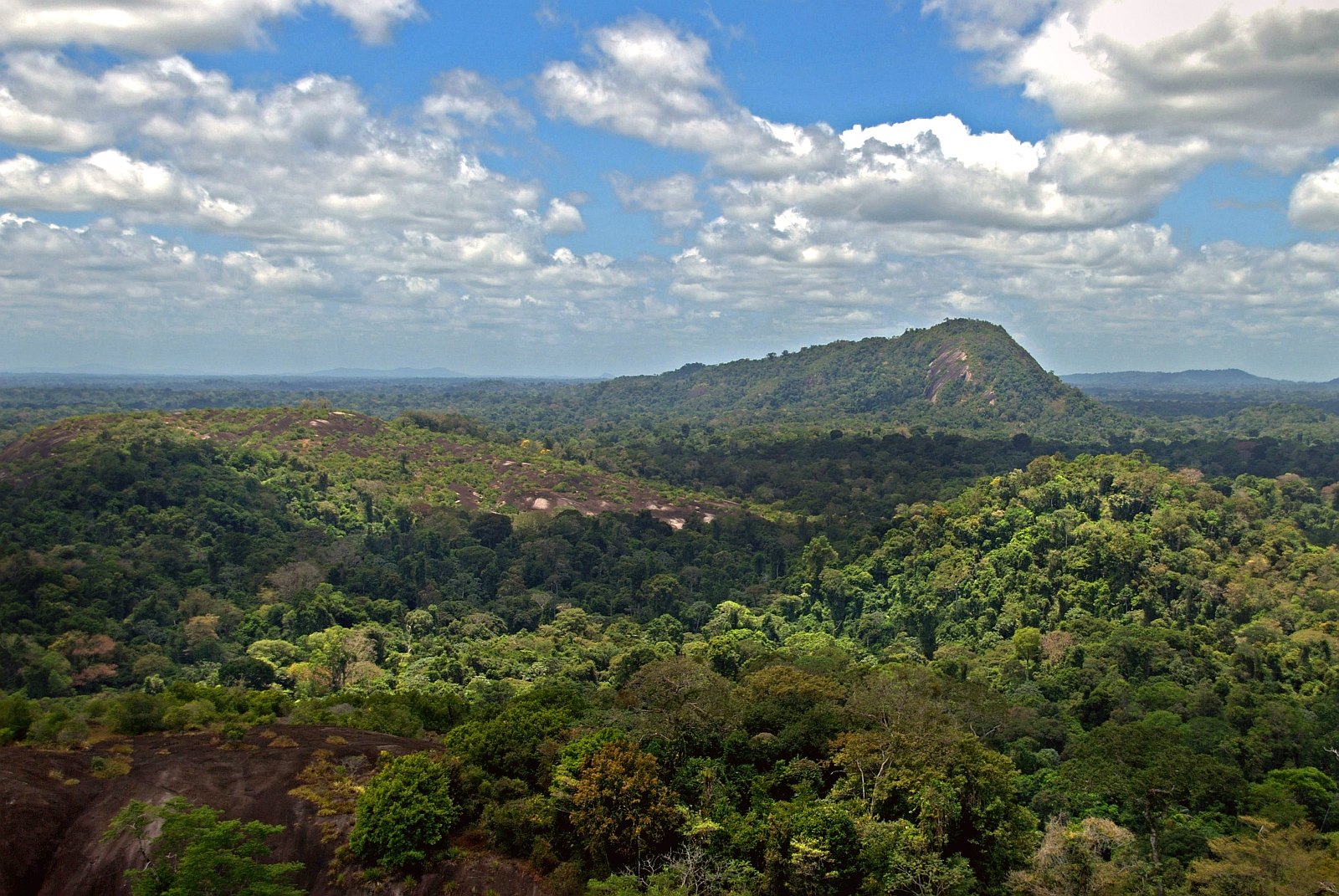- People
PARTNER POST: The Importance of Open Data for Conservation in Mexico City
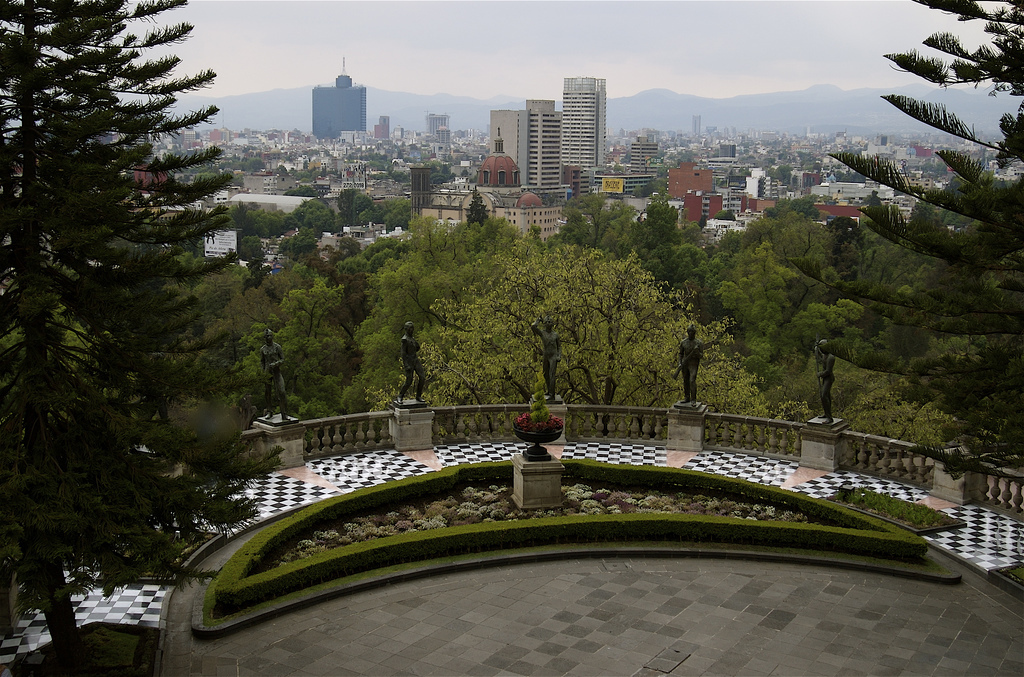
Courtesy Photo by Enrique Dans, Flickr
The Reforestamos Mexico GFW Contest recently recognized PAOT’s innovative use of the Global Forest Watch platform as a first-place winner in the “public policy analysis” category. Learn more about the contest here.
Mexico’s capital, Mexico City, is one of the largest and most populous areas in the Western Hemisphere, spanning almost 150,000 hectares and is home to nearly 8.9 million residents. Mexico City is also situated in the center of the Trans-Mexican Volcanic Belt, a forested region which connects the Sierra Madre Occidental and Sierra Madre Oriental. This is a crucial biodiversity hotspot for species from both the eastern and western regions of the country. With over 100 endemic species. The area is considered “mega-diverse” and is home to two percent of the entire world’s biodiversity.
Recognizing the area’s importance, the government has designated approximately 59 percent of Mexico City’s land as “Forest Conservation Land.” This designation is based on the land’s ecological characteristics, the environmental services it provides and the necessity of maintaining the land to ensure inhabitants’ quality of life. As the image below demonstrates, the Forest Conservation Land is located primarily within the south and southwest regions of Mexico City; however, the land is critical to the city’s entire population as it recharges Mexico City’s aquifer and provides approximately 70 percent of the water consumed.
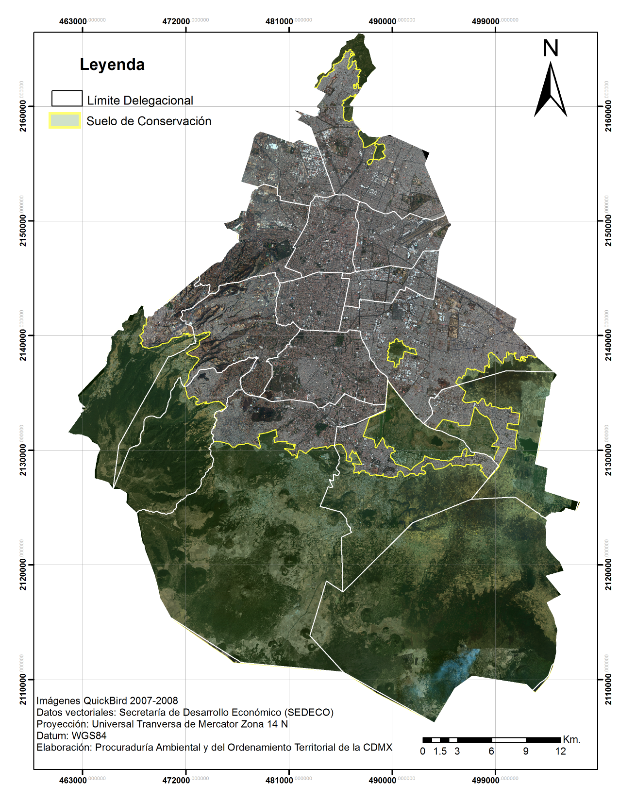 PAOT Map
PAOT MapForest deterioration and biodiversity loss
Unfortunately, the Forest Conservation Land is experiencing forest loss due to a range of issues from clandestine logging and the presence of livestock to forest fires and pests. Forest fragmentation, overexploitation of aquifers, vegetation cover reduction, alteration of the hydrological cycle of the basin, microclimate modification and soil contamination are all consequences of forest deterioration. This type of degradation impacts environmental services like the city’s aquifer and threatens both the biodiversity of the land and the identity of rural villages living in the area.
The role of open data
Procuraduría Ambiental y del Ordenamiento Territorial de la Ciudad de Mexico (the Environment and Land Management Law Enforcement Agency in Mexico City), known as PAOT, promotes and monitors compliance on environmental matters and land use planning, including within the Forest Conservation Land. PAOT recognizes that reliable data about what’s happening in these areas is the first step to addressing the problems affecting the area.
PAOT is working to fill information gaps to help ensure that policies designed to protect the land are effective and that environmental authorities have the information they need to evaluate policy results. With limited time and resources, monitoring the nearly 87,300 hectares of Forest Conservation Land is time consuming, complicated and often not an option due to budgetary restrictions. However, with Global Forest Watch’s open data, the PAOT team can easily use, modify and generate new information from the platform without an associated cost.
Geospatial monitoring tools like GFW are critical for PAOT to verify the status of resources, the effectiveness of government policies and the success of these policies. With information and analyses gathered from geospatial monitoring, PAOT can provide solid technical data to inform decision making. Beyond this, PAOT can make sure this information is not only used and processed internally but also made available to all citizens and stakeholders.
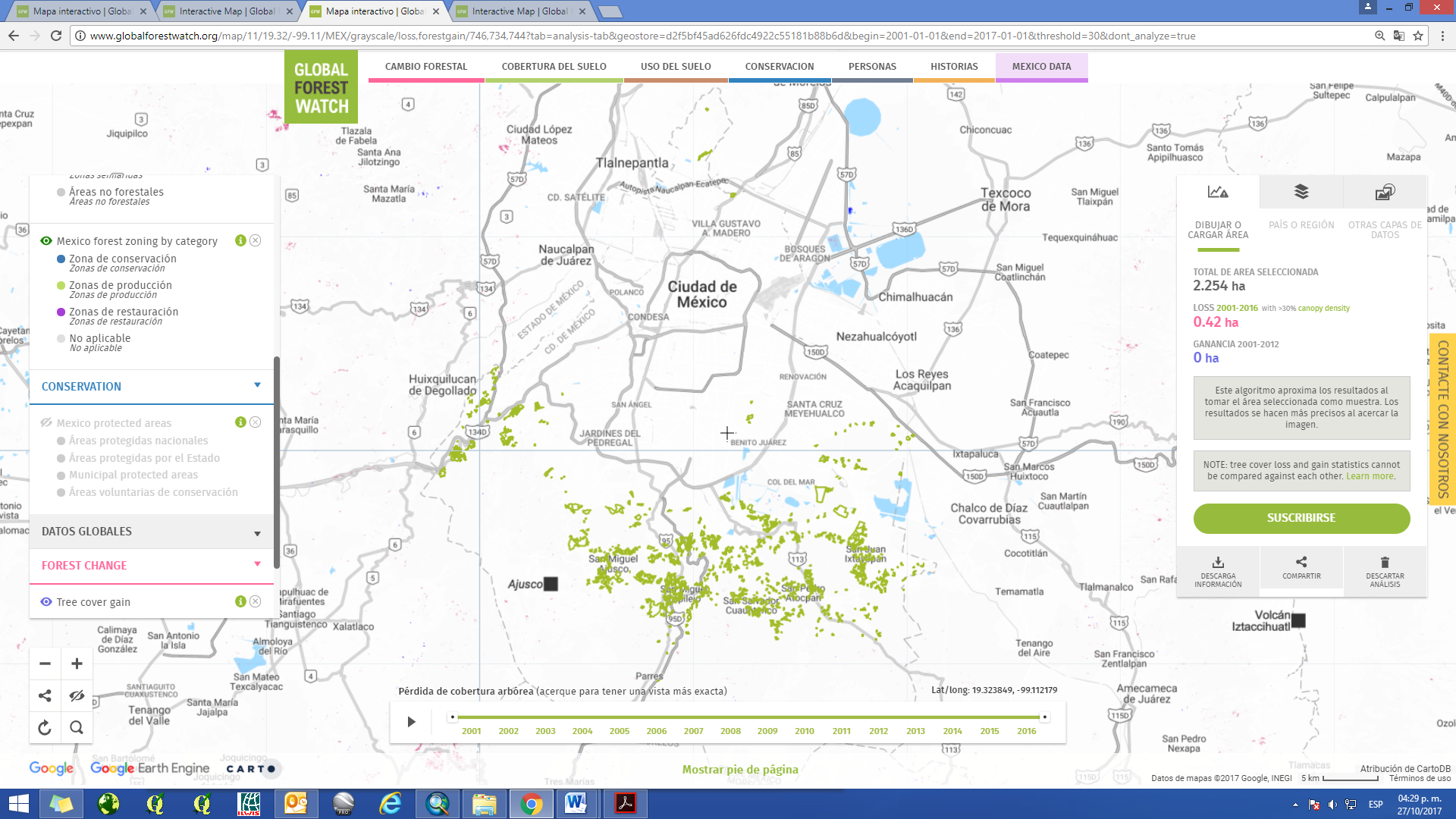 PAOT’s map created using GFW.
PAOT’s map created using GFW.Integrating GFW and Mexico City’s monitoring systems
PAOT intends to incorporate GFW data into the agency’s existing monitoring system to ensure compliance with environmental and urban regulations in Mexico City’s Forest Conservation Land. GFW´s data represents an opportunity to bolster the PAOT monitoring system to help generate a decision-making and policy implementation platform for various other authorities also working within the Forest Conservation Land.
